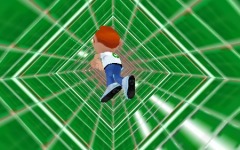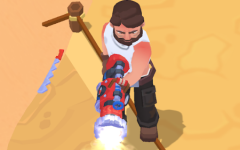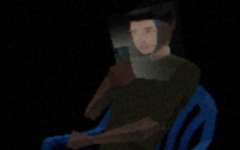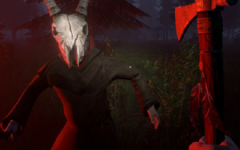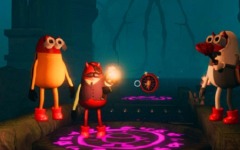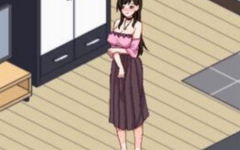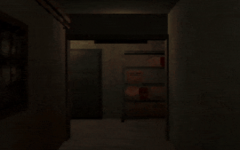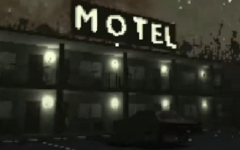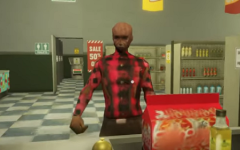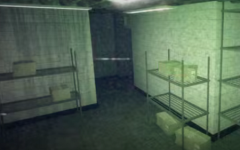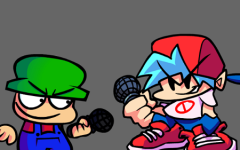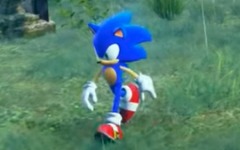Advertisement
Meow
Advertisement
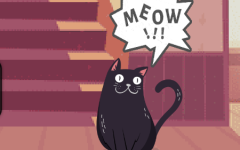
Meow presents players with a simple goal — to feed and care for a cat inside a quiet, empty house — but it quickly becomes clear that something is wrong. The act of walking through the house, opening the fridge, and filling the food bowl feels strangely uncomfortable. The silence is heavy, interrupted only by the soft sounds of footsteps and the distant hum of appliances. The cat itself becomes the only familiar presence, but even its movements and reactions feel slightly unnatural, adding to the growing unease.
Retro Graphics and Claustrophobic Design
The game’s PSX-inspired graphics play a major role in creating its unsettling atmosphere. Rough textures, low-polygon models, and dim lighting make every room feel aged and forgotten. The house feels too big for just one person and a cat, with empty spaces and oddly placed furniture making it feel both lived-in and abandoned at the same time. Combined with a grainy visual filter and flickering lights, the graphical style enhances the constant feeling that something is hiding just outside the player’s view.
Building Fear Through Subtlety
Meow doesn’t rely on sudden scares or loud noises to create tension. Instead, the game slowly alters its environment in ways players might not notice at first. A door slightly ajar when it was closed before, or a piece of furniture moved just a little out of place — these small changes make players question their own memory. This gradual approach to horror builds a sense of paranoia, turning the act of feeding a cat into an experience filled with quiet fear and uncertainty.






















































































































